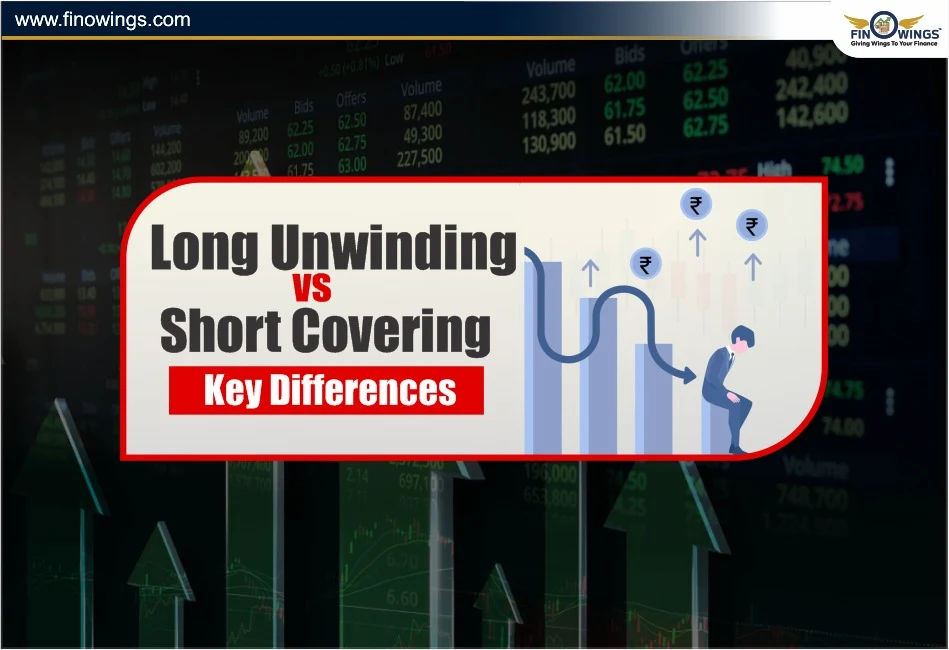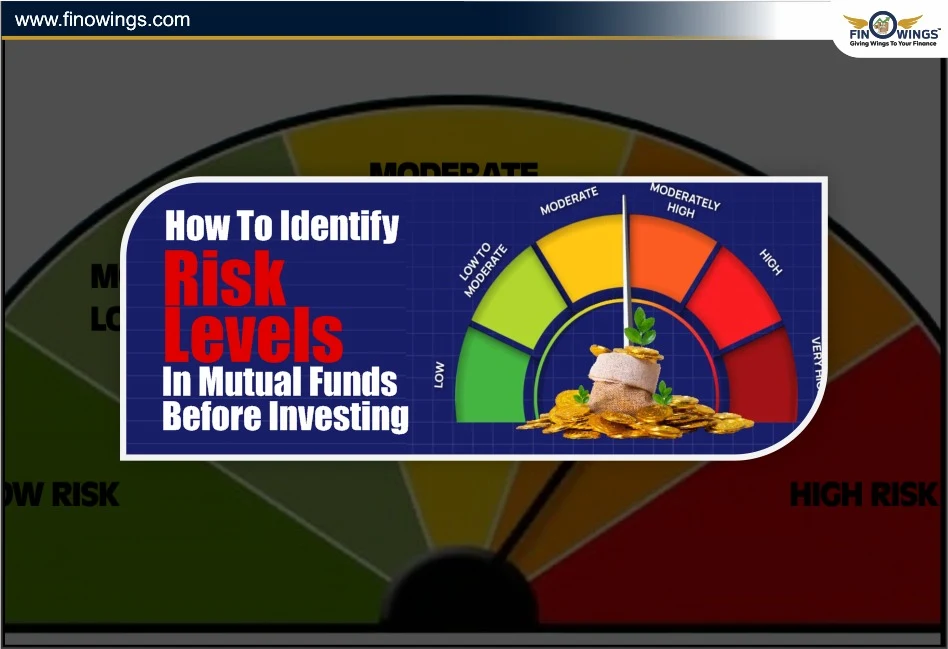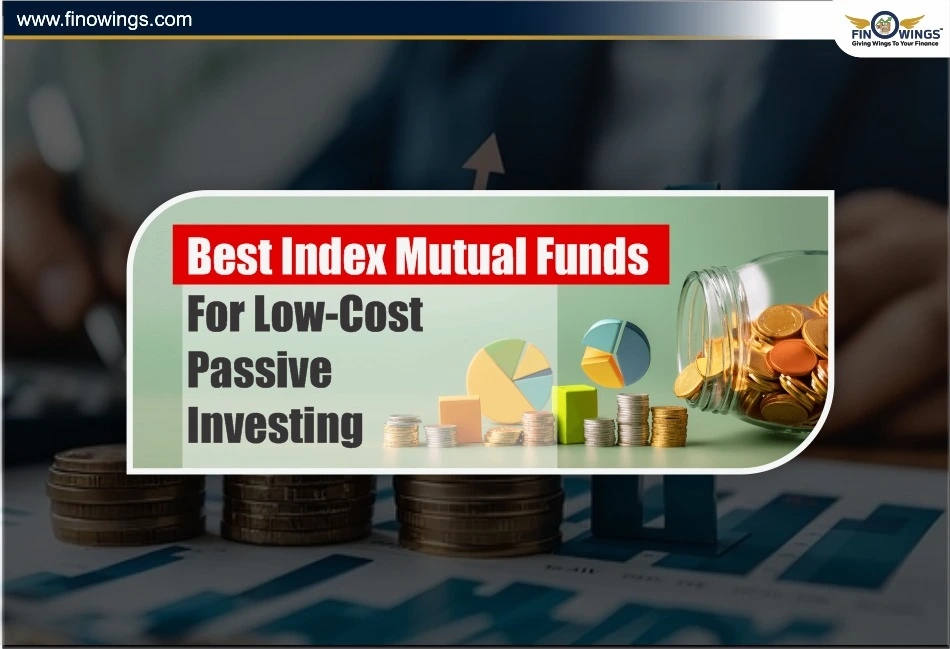Home >> Blog >> Large Cap vs Mid Cap vs Small Cap Funds: Which is Better?
Large Cap vs Mid Cap vs Small Cap Funds: Which is Better?
.webp)
Table of Contents
- Mutual Funds Categories
- What are Large Cap Funds?
- What Are Mid Cap Funds?
- What Are Small Cap Funds?
- Large Cap vs Mid Cap vs Small Cap: One Table
- How to Choose Between Large Cap, Mid Cap, and Small Cap Funds
- Performance Comparison: Historical Returns
- Pros and Cons Summary
- Which Is Better – Large Cap, Mid Cap, or Small Cap?
- Conclusion
One of the most basic questions when it comes to making investments in mutual funds is whether to invest in Large Cap, Mid Cap or Small Cap Funds. Various company sizes would mean various growth potentials and risks of investment. Understanding the difference between large cap vs mid cap vs small cap funds is crucial in terms of aligning your investments in terms of goals, time, and risk.
Within this content, we highlight each tier's definition, differences, advantages and disadvantages, and methods of selecting the appropriate one to complete your investment portfolio.
Mutual Funds Categories
Before we can get to large, mid, and small cap funds, we first need to define mutual fund categories. The different mutual funds are classified according to the market capitalisation of the companies. Market cap is the sum of the dollar values of shares of a given company in the market.
Based on the SEBI classification:-
Large Cap Funds: Top 100 companies by market capitalisation.
Mid Cap Funds: 101st to 250th-ranked companies.
Small Cap Funds: 251st company onwards.
What are Large Cap Funds?
Large Cap Funds primarily invest in large, well-established corporations with consistent revenues, good liquidity and a consistent history. These include Reliance Industries, TCS, HDFC Bank, Infosys and ITC.
They are blue-chip stocks that run the Indian economy and are less risky to the investors in the long term.
Characteristics of Large Cap Funds:
1. Consistent Returns: Their strong market positioning and historical robust performance ensure returns are predictable and stable over time.
2. Pleasant Low Volatility: They are less impacted by drastic changes in the market compared to smaller-caps.
3. Consistent Dividends: They are dividend-paying stocks.
4. Preference for Conservative Investors: These are for investors who need wealth for the long-term with minimal risk.
Illustration:
For a large-cap fund, an investment of ₹1,00,000 would yield a return of 10-12%, which is moderate, and the returns are stable, in correlation to market conditions.
Limitations:
-
Mid and small caps have more room for growth.
-
Large caps can lag in performance when the market is aggressively bullish and smaller stocks are doing better.
What Are Mid Cap Funds?
Mid cap funds target investments in mid-range market corporations that are growing and extending their market control. These incorporate mid-range corporations that have slightly more growth potential than large caps and slightly more risk.
These would include Bharat Forge, MRF, Page Industries and AU Small Finance Bank.
Features of Mid Cap Funds:
1. Growth Potential: These are investments near mid-range assets and are in the growth phase.
2. Rational Risk Level: They are more uncertain than large caps yet more stable than small caps.
3. Varied Sector Involvement: They invest in emerging sectors and growing corporations.
4. Moderate Risk Investors Friendly: These are best for 5-7 years.
Example:
Mid cap funds that are 5 years and look to grow with an investment of ₹1,00,000 would likely see a 12-16% return.
Limitations
-
They are uncertain about the market correction.
-
Loss of market capitalisation during downturns.
What Are Small Cap Funds?
Small cap funds would invest in corporations with market capitalisation and below the top 250 listed firms. These funds are seen to have the most potential for growth along with the highest risk.
Examples include small but rapidly growing firms in industries such as manufacturing, digital, or other emerging industries.
Features of Small Cap Funds:
1. High Growth and Return Potential: Small Cap Funds can deliver explosive returns during bull markets.
2. Opportunity for Wealth Creation: Companies growing rapidly will payoff early investments immensely.
3. Emerging Sector Exposure: New and innovative business models.
4. Risk Profile: These investments are for people with a higher risk appetite and a long-term view (7–10 years).
Example:
A small cap fund assuming a growth of 15–20%+ CAGR may face significant contractions during downturns with ₹1,00,000 invested.
Drawbacks:
-
Increased risk of significant loss during bear markets.
-
Delayed recovery.
Large Cap vs Mid Cap vs Small Cap: One Table
|
Basis |
Large Cap Funds |
Mid Cap Funds |
Small Cap Funds |
|
Market Capitalisation |
Top 100 companies |
101st to 250th companies |
251st company onwards |
|
Risk Level |
Low |
Moderate |
High |
|
Return Potential |
10–12% |
12–16% |
15–20%+ |
|
Volatility |
Low |
Medium |
High |
|
Liquidity |
High |
Moderate |
Low |
|
Investor Type |
Conservative |
Moderate Risk-Taker |
Aggressive |
|
Time Horizon |
3–5 years |
5–7 years |
7–10 years |
|
Example Companies |
Reliance, TCS, Infosys |
MRF, Bharat Forge |
CDSL, Tanla Platforms |
How to Choose Between Large Cap, Mid Cap, and Small Cap Funds
To assist in your strategic investment planning.
1. Risk Appetite
-
If you are a low risk investor, Large Cap Funds are your best option.
-
If you’re okay with moderate risk, go with Mid Cap Funds.
-
If you’re okay with higher risk for higher returns, go with Small Cap Funds.
2. Investment Horizon
-
Short to medium term (3–5 years): Large Cap Funds.
-
Medium term (5–7 years): Mid Cap Funds.
-
Long term (7–10+ years): Small Cap Funds.
3. Market Conditions
-
In volatile markets, large caps do better.
-
In bull markets, small and mid-caps do better.
4. Portfolio Diversification
Investors are ideally supposed to keep a diversified portfolio and blend all three categories:
-
60% Large Cap (stability)
-
25% Mid Cap (growth)
-
15% Small Cap (aggressive returns).
Performance Comparison: Historical Returns
|
Fund Type |
3-Year CAGR |
5-Year CAGR |
10-Year CAGR |
|
Large Cap Funds |
12.2% |
11.8% |
10.6% |
|
Mid Cap Funds |
17.4% |
15.8% |
13.9% |
|
Small Cap Funds |
21.1% |
18.3% |
15.7% |
(Source: AMFI Data, as of 2025)
Pros and Cons Summary
|
Type |
Pros |
Cons |
|
Large Cap Funds |
Stable returns, low risk, highly liquid |
Limited growth potential |
|
Mid Cap Funds |
Balanced risk-reward, high growth potential |
More volatile than large caps |
|
Small Cap Funds |
High returns, wealth creation |
High volatility, illiquid during downturns |
Which Is Better – Large Cap, Mid Cap, or Small Cap?
-
There is no one-size-fits-all answer. This answer depends on your goals and risk tolerance.
-
If you want stability and steady growth, go with Large Cap Funds.
-
If you want balanced risk and higher growth, go with Mid Cap Funds.
-
If you’re looking to create wealth over the long term and can take on some risk, Small Cap Funds can be very beneficial.
-
The best strategy is a blend of all three - this combination diversification minimises risk while ensuring growth.
Conclusion
Investors can better build these portfolios with no risk Large, Mid and Small Cap Funds. Large caps provide safety, mid caps offer growth, and small caps deliver wealth creation potential. Smart allocation across these mutual fund categories, regular reviews, and staying invested across cycles allows funds to be most successful.















